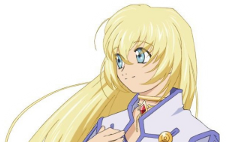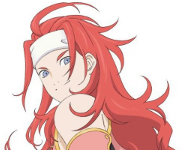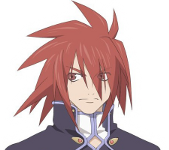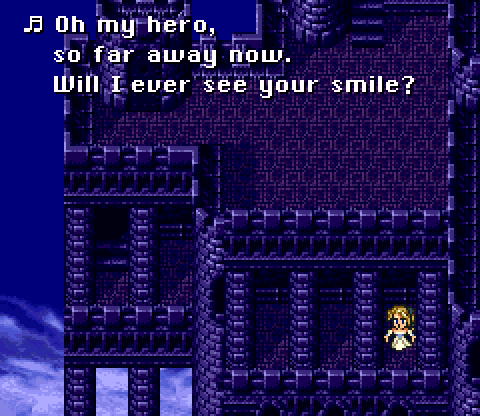Last week’s achievements
* Restructured some hidden stats in a more logical manner
* Set up various aspects of the equipment system
* Preliminarily finalized stats for 201 (yes, 201) fashion-based “status effects”
* Implemented ~40 of those status effects
Current focus
The equipment system followed by battles.
Weekly goals
* Finish off implementation of the remaining fashion effects and test all of them
* Write flavor text for at least 60% of the fashion effects
* Begin testing battles: damage formulas, battle text, etc.
* Order new computer
Comments
Even though—no, because it’s fully optional for the player, my fashion system ranks high as one of my favorite ideas. At best guess I’d say I thought of it in late 2012 or early 2013, but in any case, it’s certainly my newest large-scale idea.
One uncommon element of Dreamblazers that I’ve had in mind since at least 2010 is that equipment never becomes irrelevant; even starting equipment can be used until the end of the game. Like so many of my ideas, this was inspired by Pokémon (with a huge hat tip to The World Ends With You). The average player simply blasts through the game with their favorites, but a competitive player like me will reset twenty times until that Bulbasaur from Professor Sycamore has the right nature.
I aimed to appeal to both. A casual player never needs to look at a character’s outfit—and yes, I’m calling my equipment screen the “Outfit” screen to stress this point. The serious player, though, might look at Astrid, see that all of her stats are great but none are exceptional, and give away her Trailblazer Tunic, Agility Anklet, and Enchanted Earrings to, respectively, Power-centered, Speed-centered, and Magic Power-centered characters.
Could I do more, though? Could I create a middle ground between ignoring outfits and having the most intense optimization experience since Monster Hunter? Could an equipment screen be… fun? Maybe so! Each piece of clothing has at least one theme, like Cool or Playful, and piling on similar clothing gives the character a theme and boosts her Style stat. If you give her two or more themes, some have natural synergy, such as Sporty + Swimmer or Girly Girl + Princess, while others oppose each other, like Innocent + Military or Everyday + Formal, increasing or decreasing her Style.
In the end I sifted through 433 theme combos and wound up with 201 ways for players to change their Style. My hope is that seeing status effect names like “Disco Knight” or “Ribbons, Lace, Angry Face” or “Sparkles and Swag” pop up as you change clothes will be as fun as opening the menu in Dragon Quest IX and seeing what myriad of new titles Stella would shower on you.








